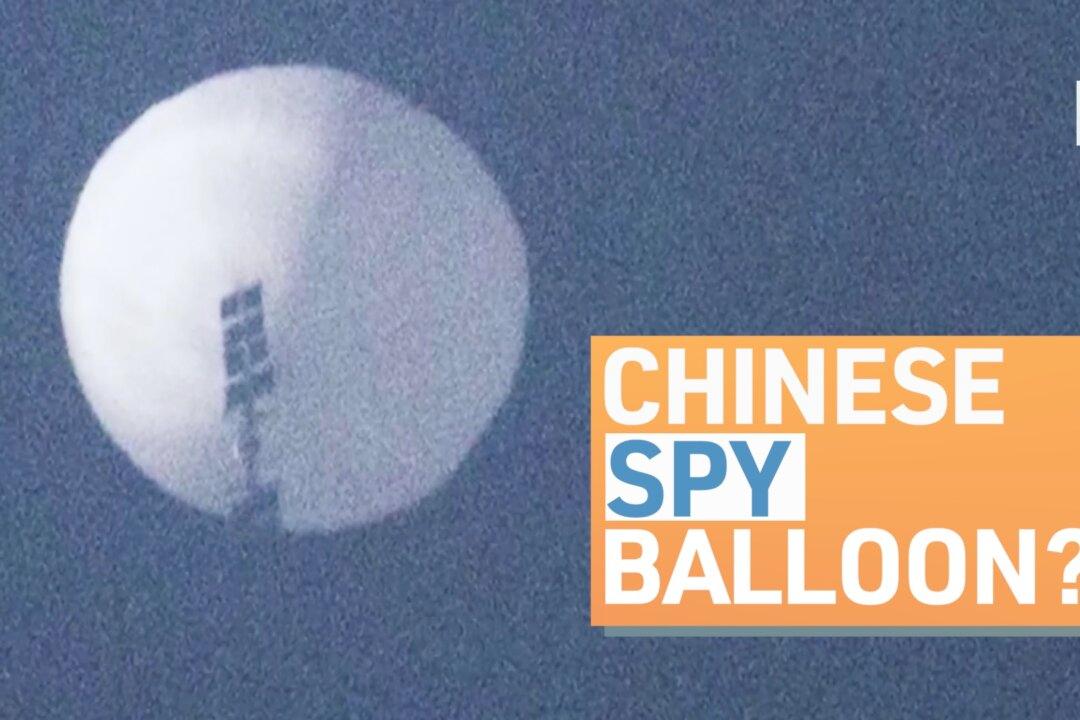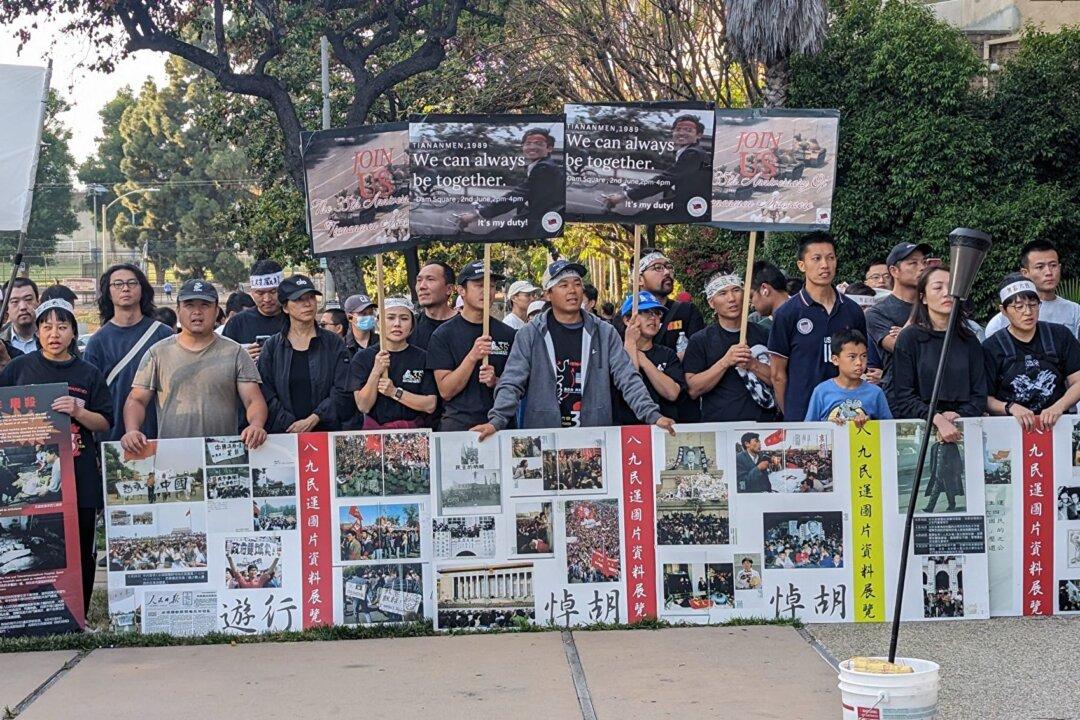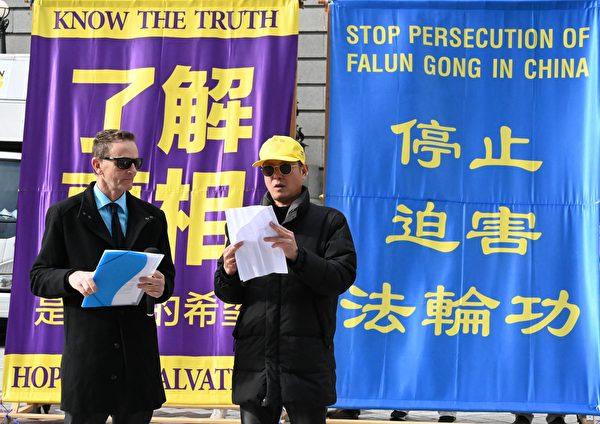After the United States shot down the Chinese spy balloon on Saturday, Beijing protested and said it’s “the U.S. attack on a civilian unmanned airship by force.” But Chinese analysts agreed that the shooting down of the balloon was necessary to address the aggression of the Chinese regime.
On Feb. 5, Beijing issued a statement saying that it is a “clear overreaction and a serious violation of international practice” from the United States, and China will “safeguard the legitimate rights and interests of the company concerned.”




